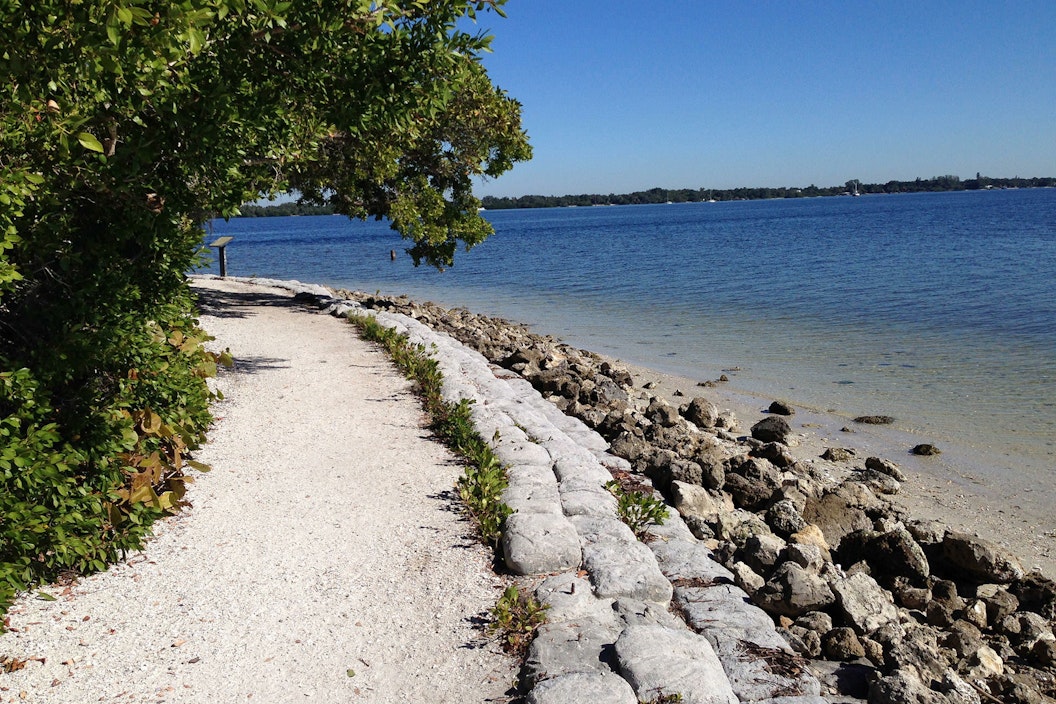
On a sweltering day in May of 1539, Hernando de Soto and an army of over 600 soldiers splashed ashore in the Tampa Bay area.
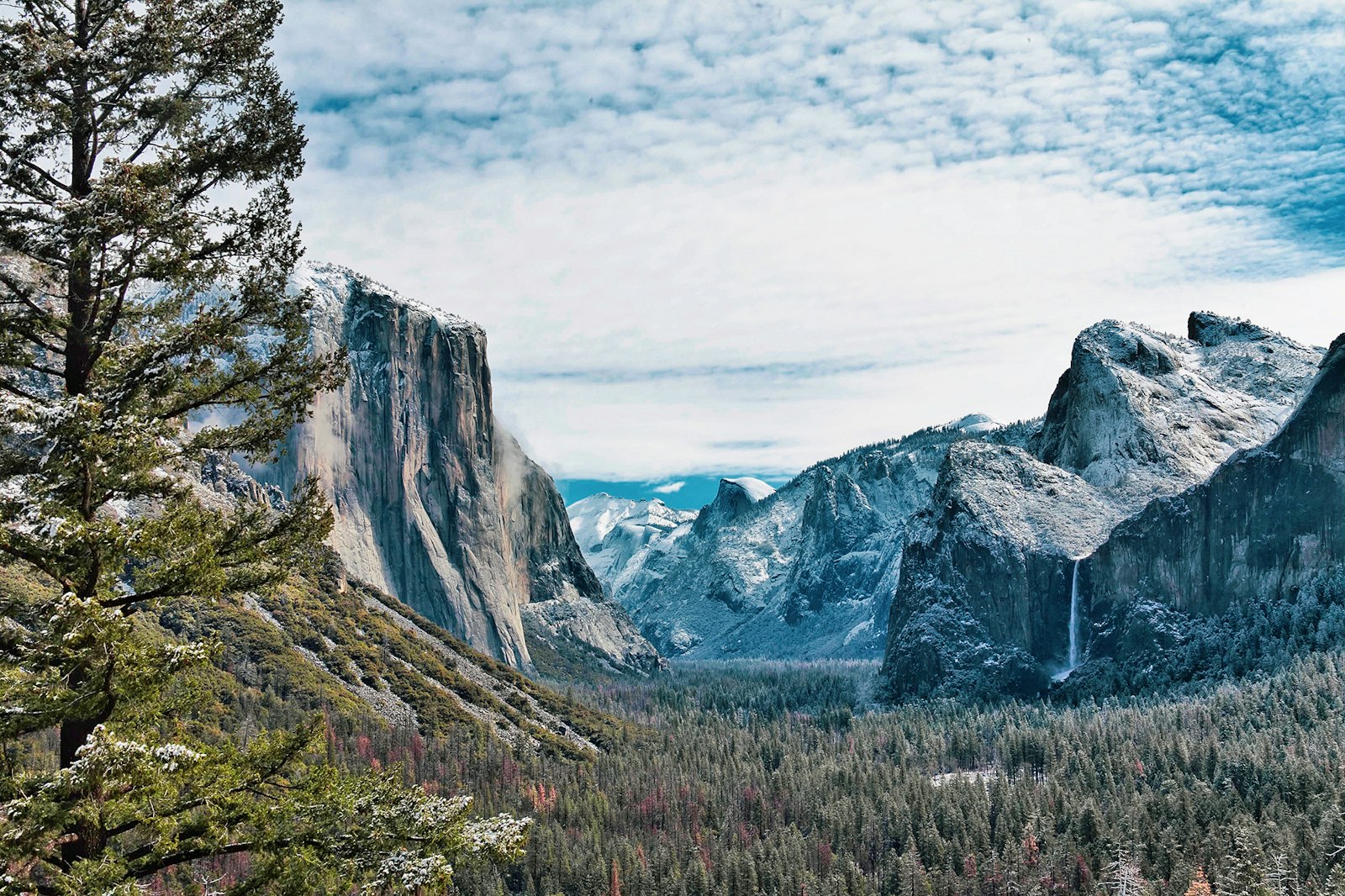
Explore America’s national parks. Discover our most treasured places, supported by people like you, and start your travel planning here by finding your park.

On a sweltering day in May of 1539, Hernando de Soto and an army of over 600 soldiers splashed ashore in the Tampa Bay area.
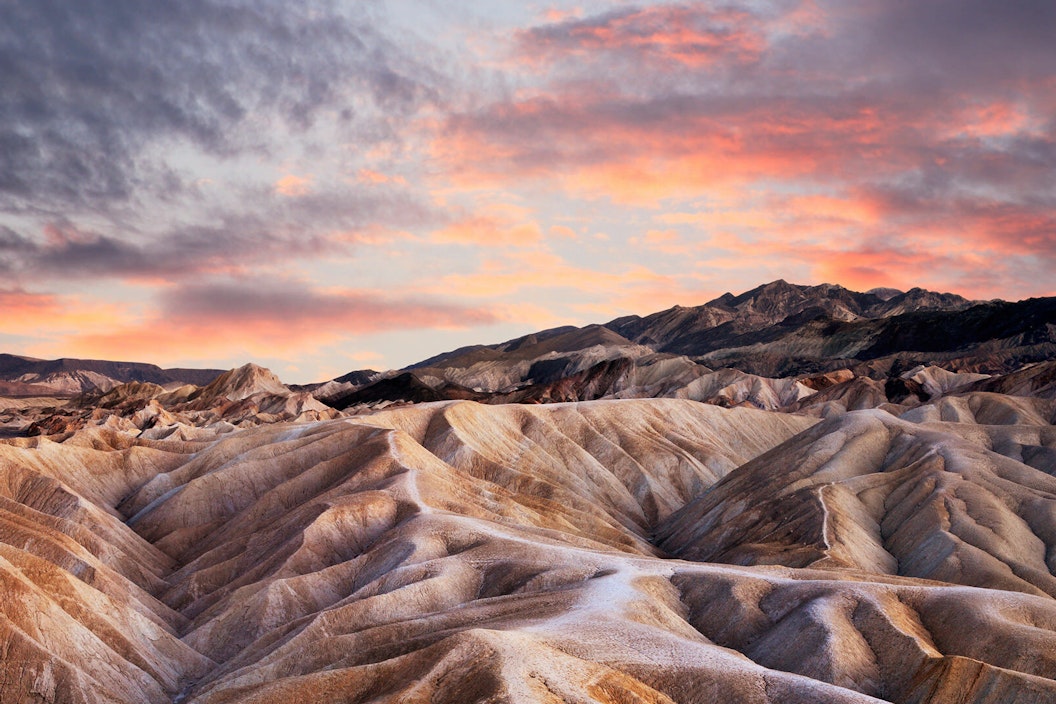
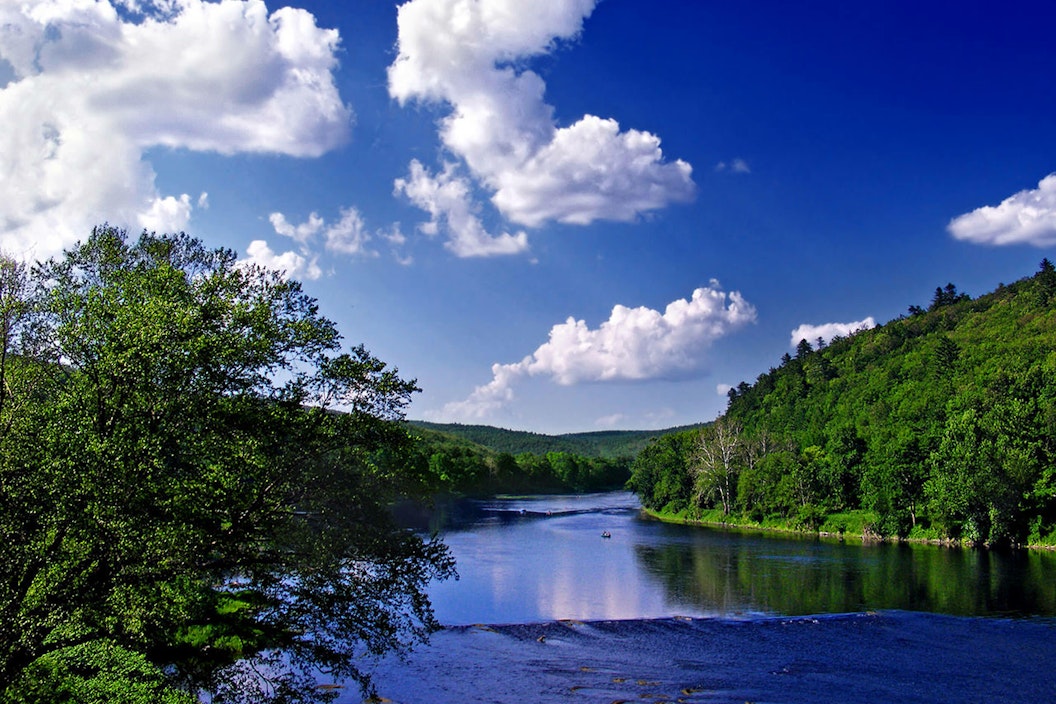
The Delaware River is one of the last large free-flowing rivers left in the contiguous 48 states — one of the last major rivers without any dams or control structures on its main stem.
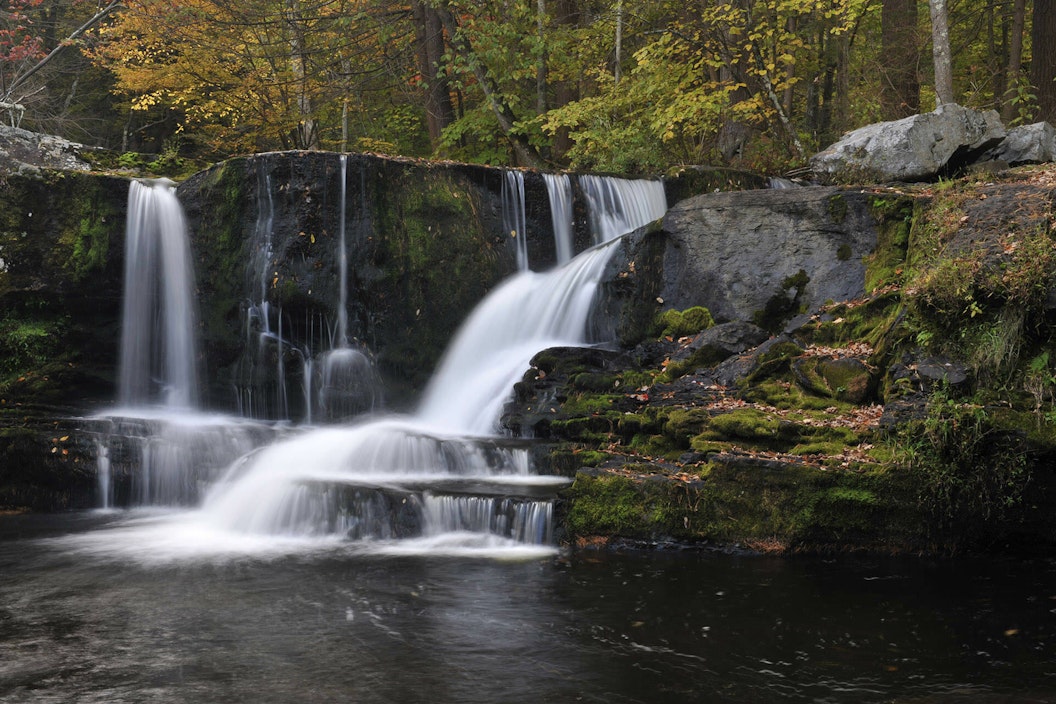
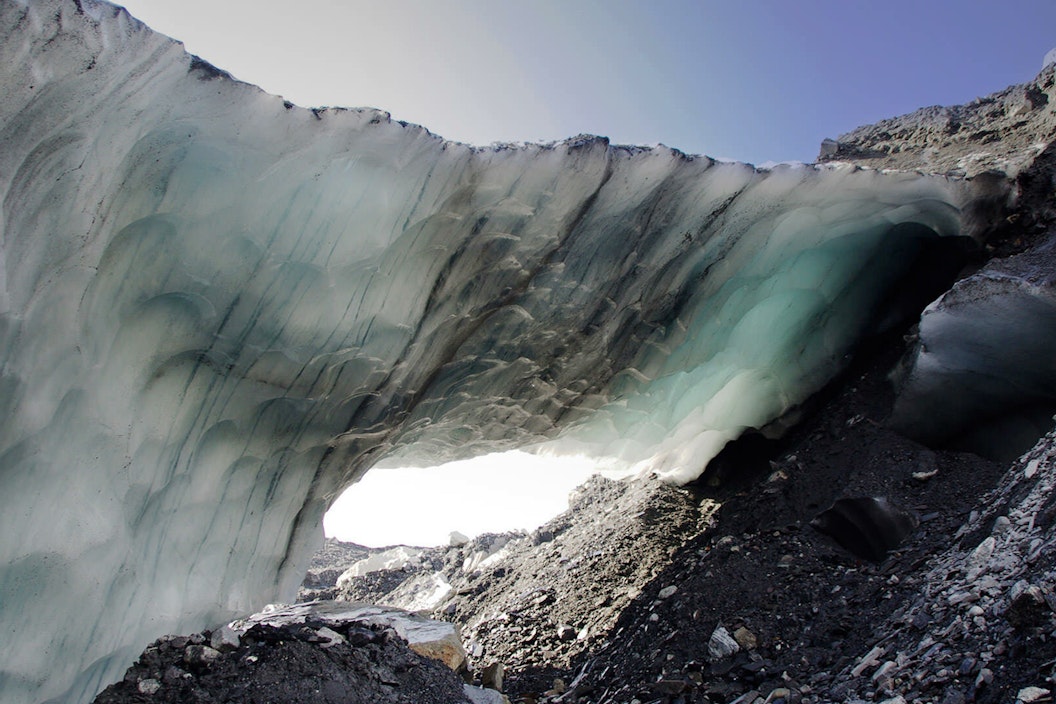
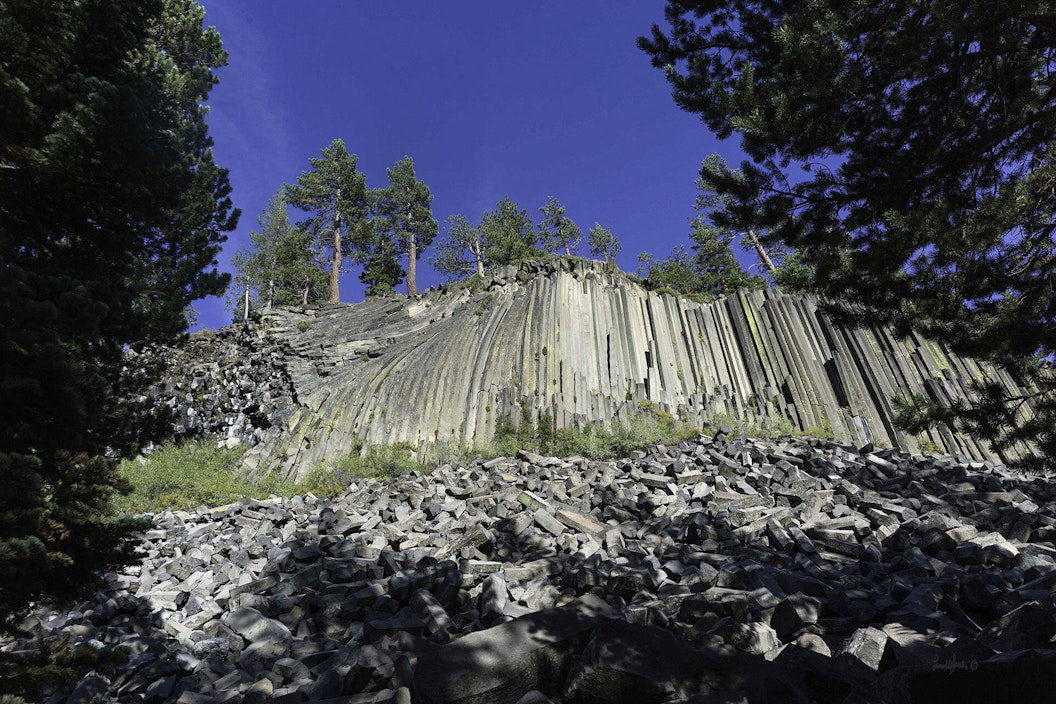
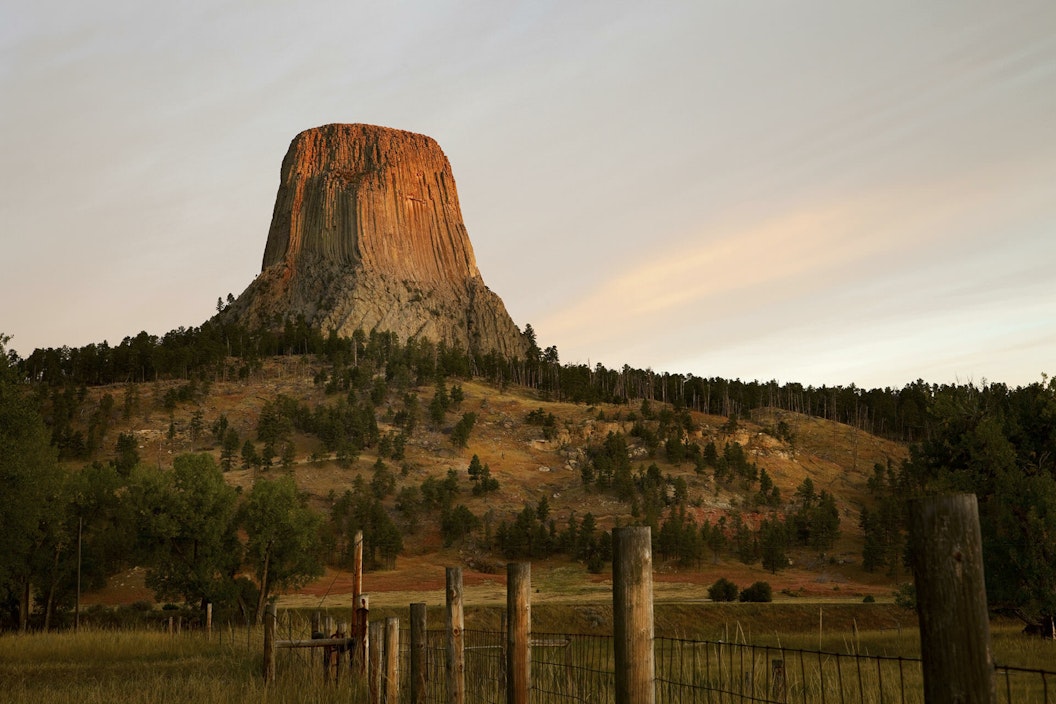
Close Encounters of the Third Kind made Devils Tower a pop culture phenomenon, and for good reason, as it's one of the most mysterious national parks.
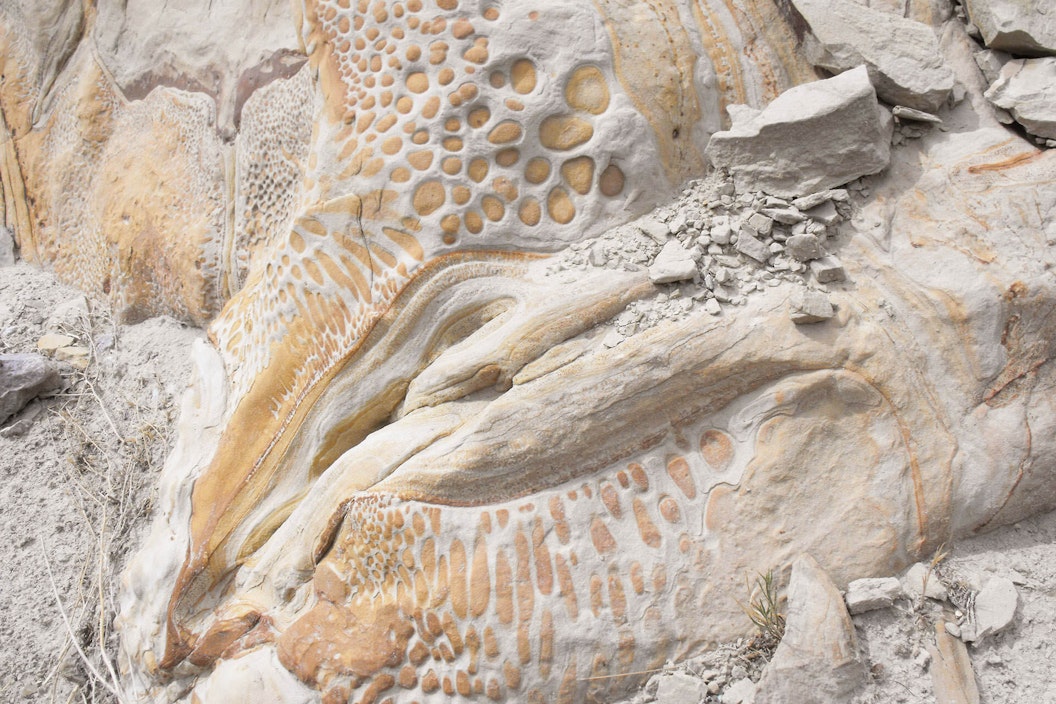
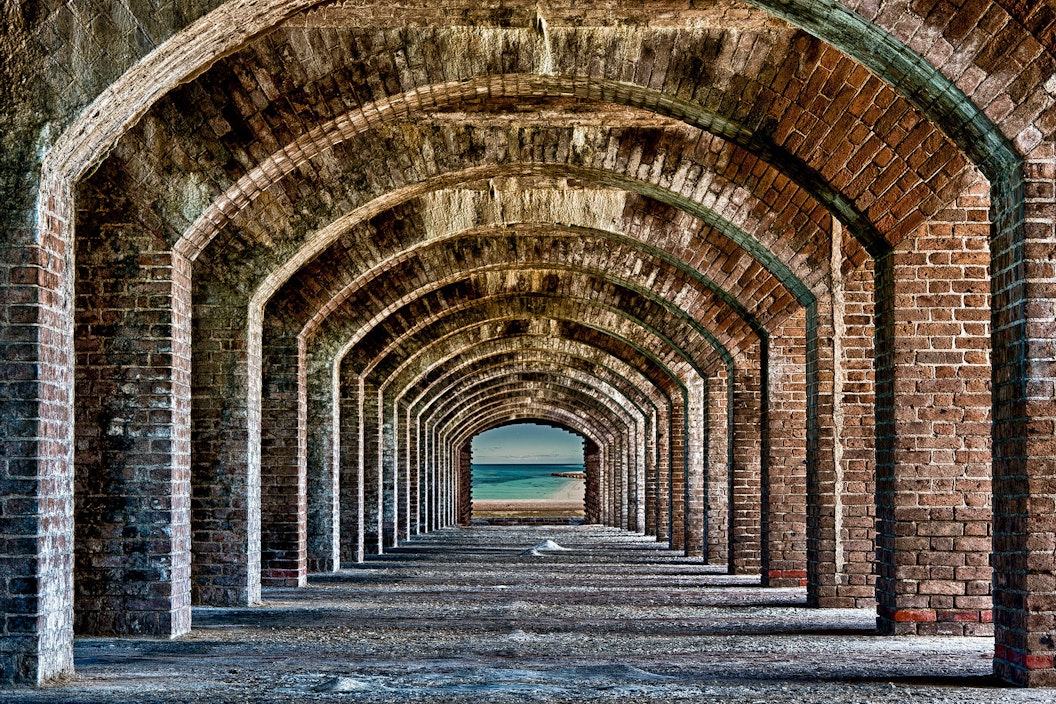
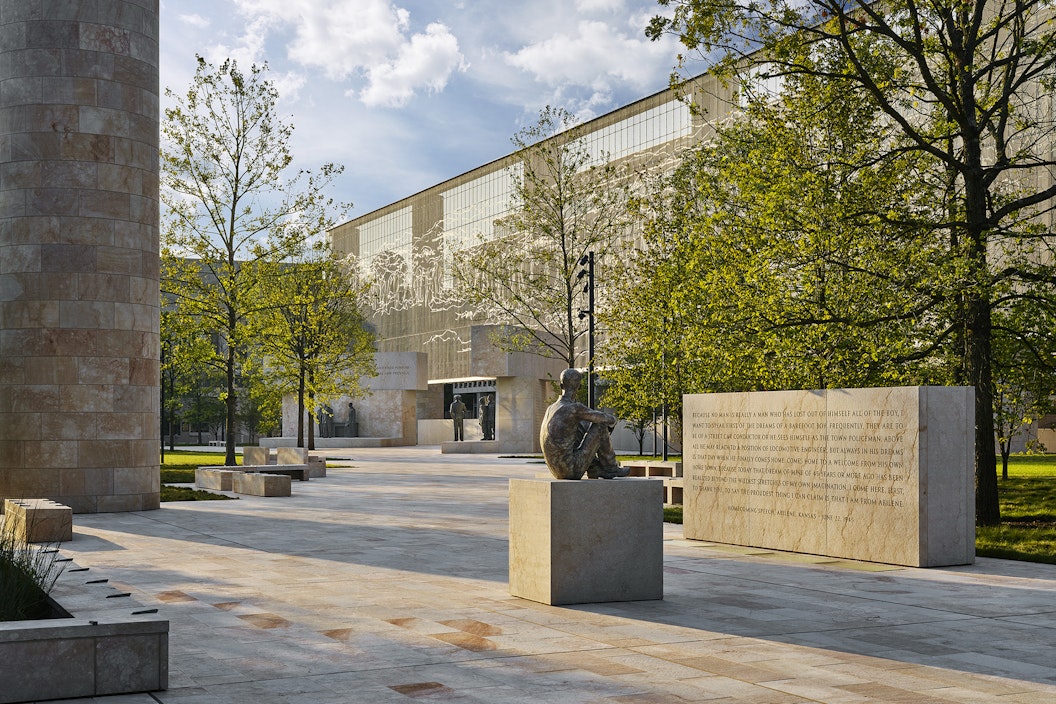
Located across from the Smithsonian National Air and Space museum and nestled among many of the federal agencies that have roots in the Eisenhower administration, this memorial honors Dwight D. Eisenhower’s legacy as the nation’s 34th President and the World War II Supreme Allied Commander.
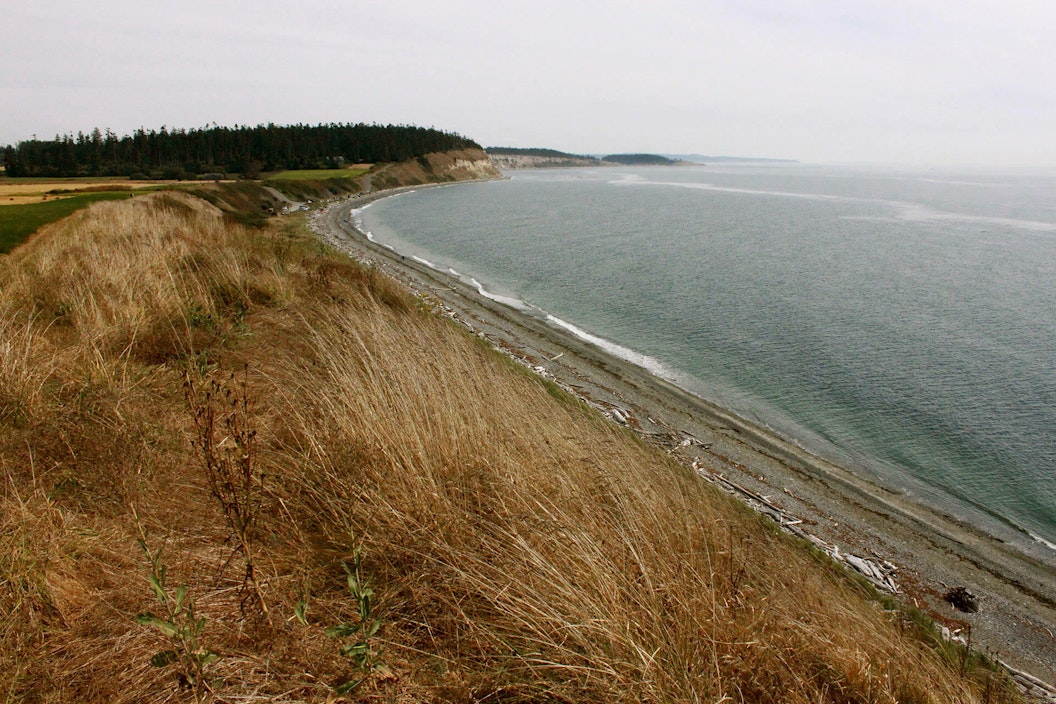
Ebey's Landing provides a vivid historical record including the first exploration of Puget Sound by Captain George Vancouver in 1792.

In Philadelphia, Edgar Allen Poe wrote such classics as "The Tell-Tale Heart," "The Fall of the House of Usher" and poems like "The Haunted Palace" and "To Helen."
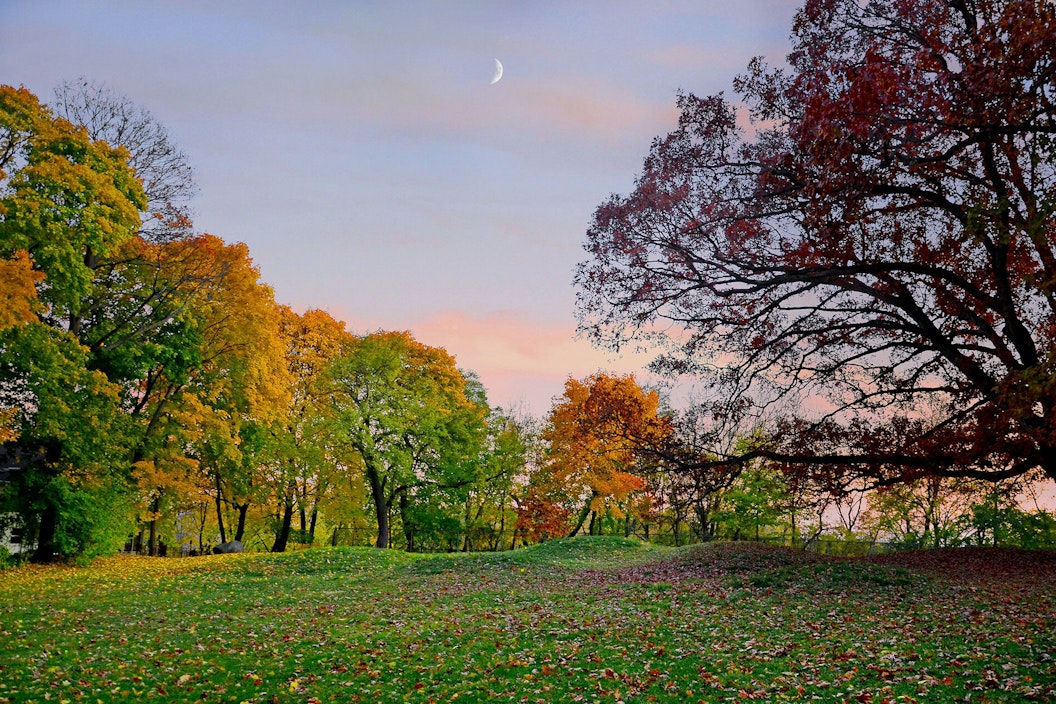
The secretive mounds culture of the Eastern Woodland people is one of the many mysteries of the national parks.
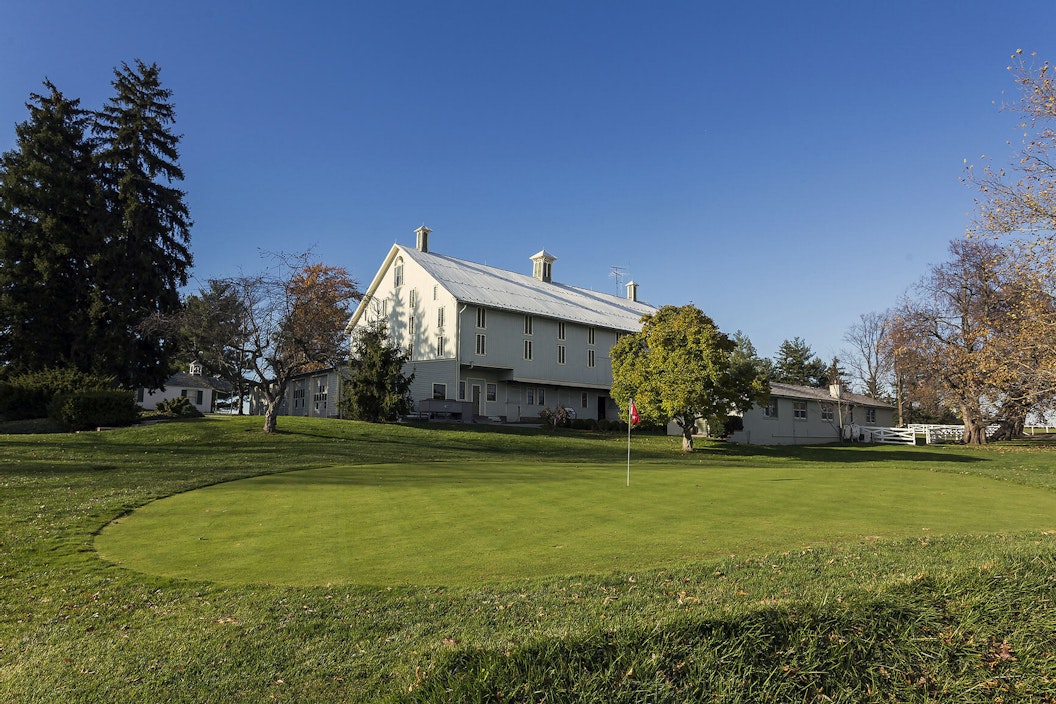
Located adjacent to the Gettysburg Battlefield, the life of President Dwight D. Eisenhower is on display, part of the history of the national parks.
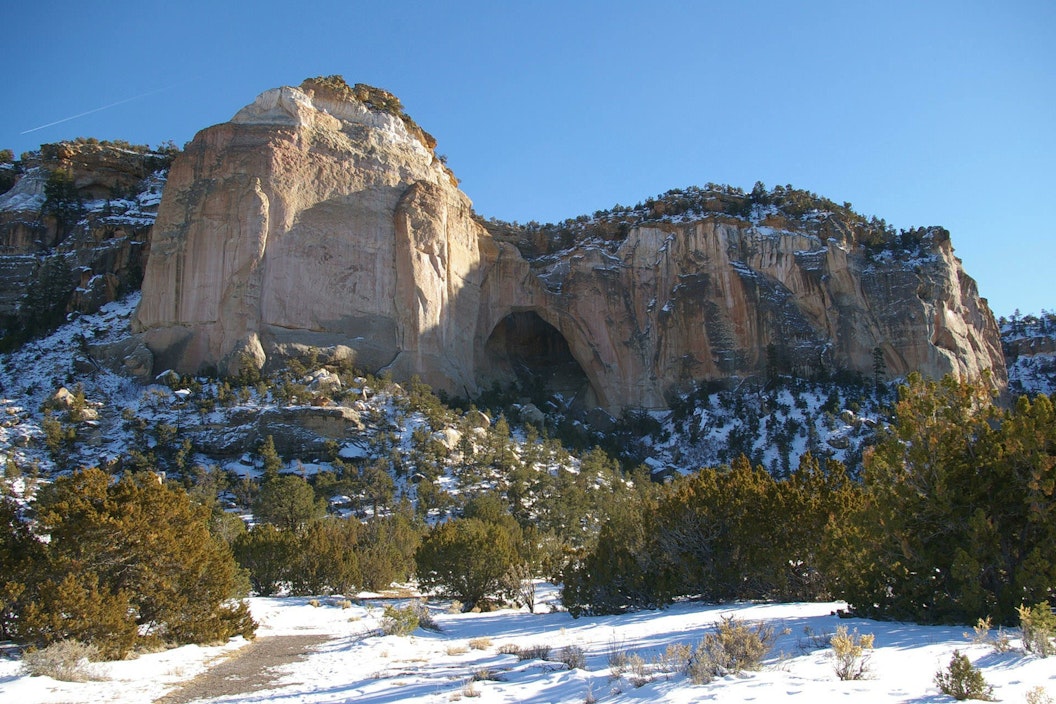
El Malpais means "the badlands," but contrary to its name, this unique area holds many surprises, many of which researchers are now unraveling.